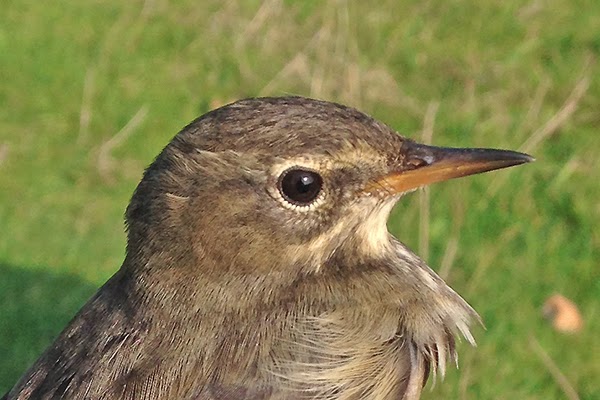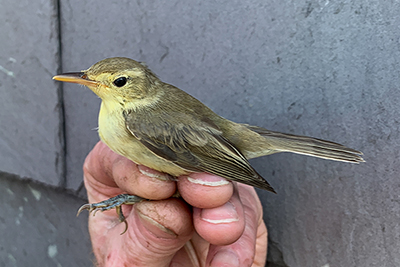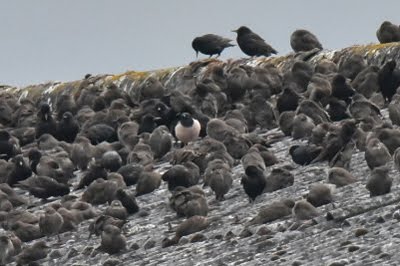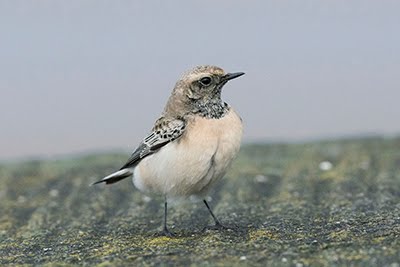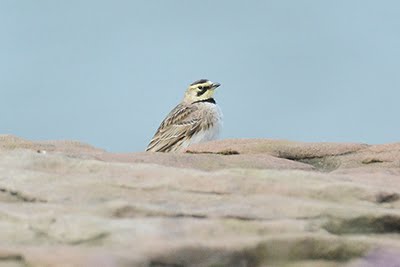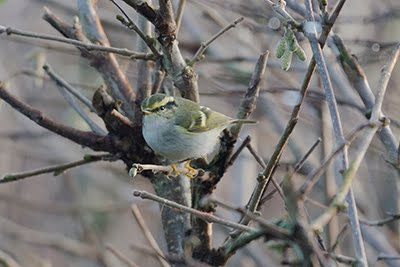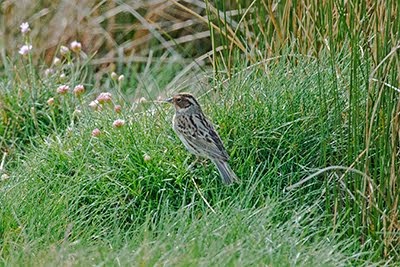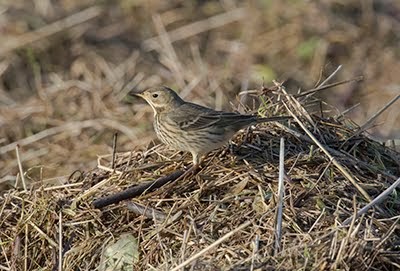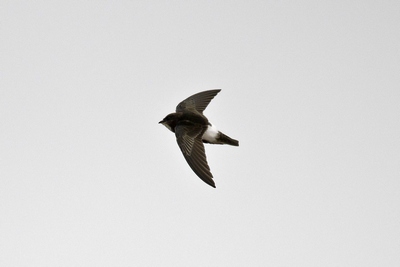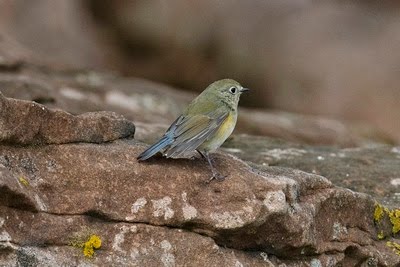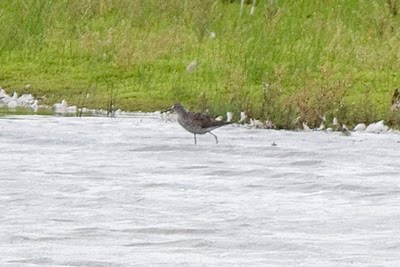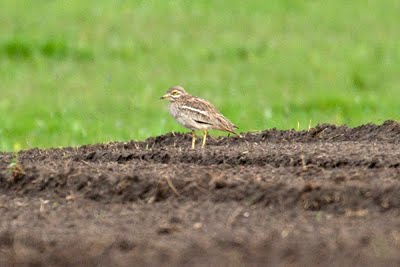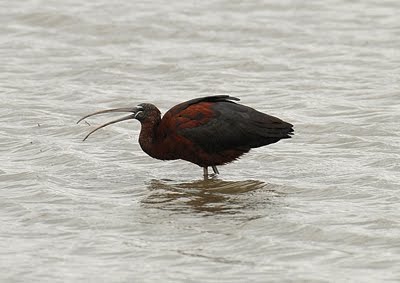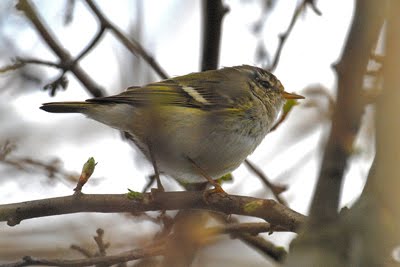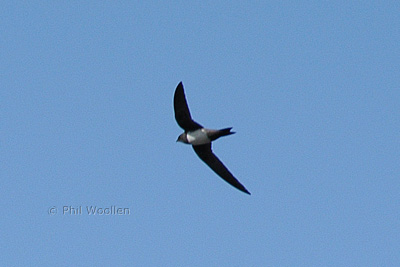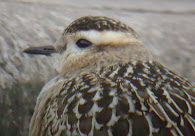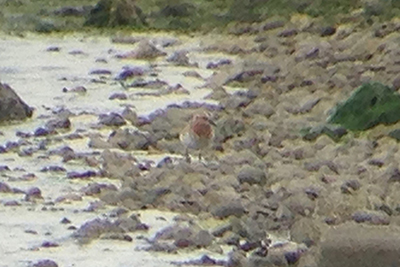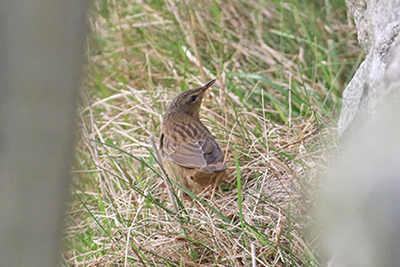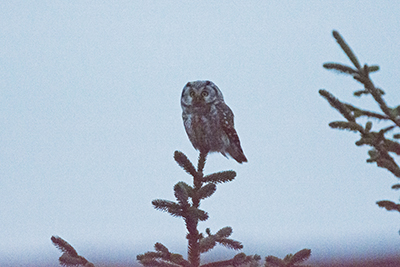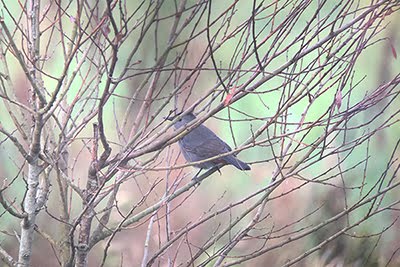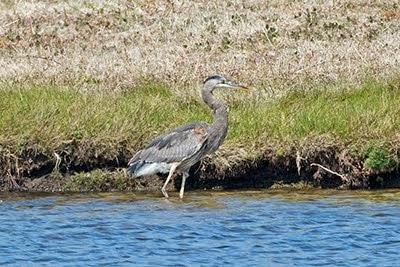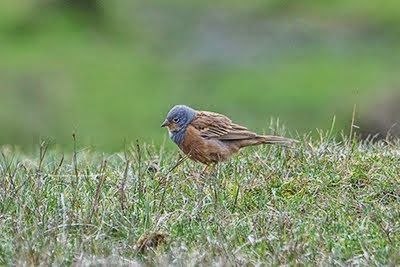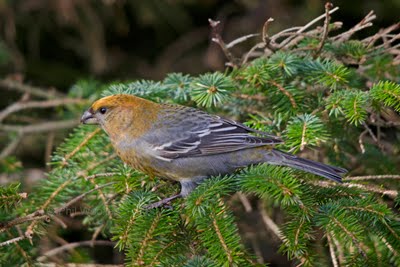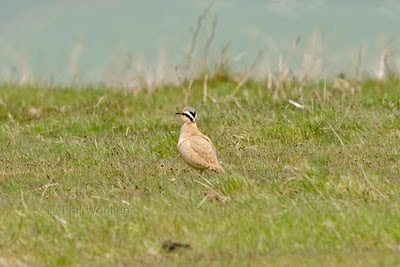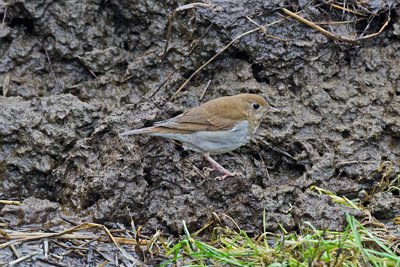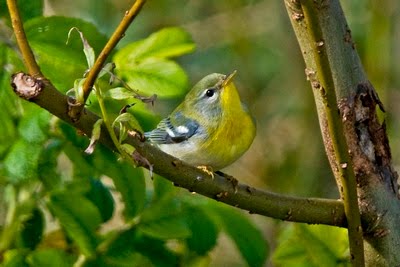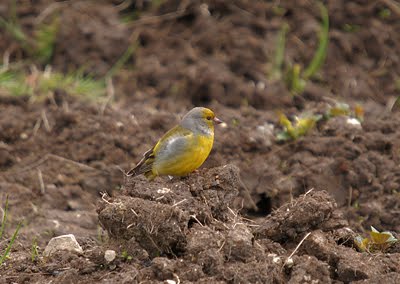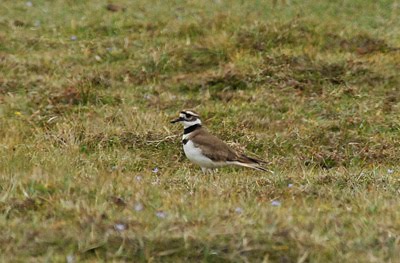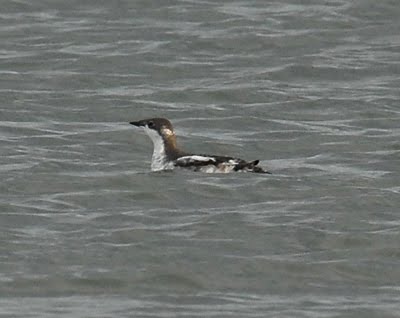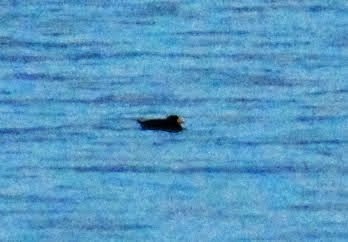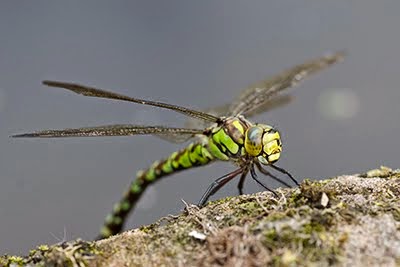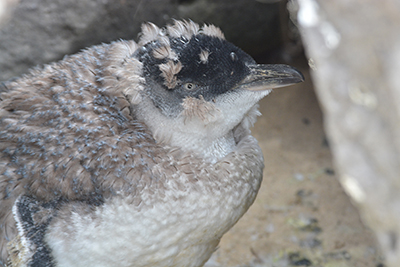This weekend was a designated SCAN ringing group canon netting one and the target species over the two days were Redshank & Curlew. Meeting at 08.15 Saturday morning near Penrhyn Castle, N Wales the team were soon involved in the hard labour of lugging the gear from the vehicles to the beach setting the nets and digging the canons in. its important to do this quite awhile before high tide so the birds aren't spooked from coming into roost by the presence of people. With the majority of the team hidden back in the woods a handful of us sweltered in the hide set up to observe the birds and fire the canons electronically when it was deemed safe.
Three hours in chest waders in a hessian hide in the blazing sun sat on a rocky beach didn't do much for my joints but the spectacle and sound of the incoming Redshank as they retreated in front of the rising tide was a fantastic experience.
After a few nervous moments when it looked as if all the birds had been spooked by some unseen presence a good number returned and roosted in front of the nets shuffling up the beach as the tide continued to rise. With Steve declaring he was going to fire I was ready by the exit waiting to sprint along the beach to help extract the birds and place them in keeping cages before ringing.
A fantastic catch with the bonus of 8 Greenshank -a species I'd never ringed before.
The photo above shows a juvenile Greenshank born this calendar year. As well as the difference in the coverts you can see the smudgy grey in the tail compared to the all dark tail bands of the adult. It was a real privilege to see these beautiful waders close up.
All birds were duly aged, measured and weighed before release with biometrics taken for Redshank including tarsus and toe measurement, totalbill / head and bill length to try and determine what races are using the estuary in the winter.
A solitary Oystercatcher caused a lot of interest among the new Bangor University undergraduates who were attending their first ringing session.
It was good to see so many enthusiastic youngsters out with the group and here's the object of their attention. A lone juvenile probably male Oystercatcher with the blunt bill typical of a male and the brown (rather than red ) eye of a juvenile.
Total catch: 99 Redshank, 8 Greenshank, 4 Curlew and 1 Oystercatcher
A late night Saturday night with my sons future in-laws meant I wasn't up to early Sunday but still managed to join the ringing team for an attempt at catching Curlew - one of the most fickle and wary birds around. Another beautiful day in N Wales and another good catch! In recent years we've struggled to reach double figures with Curlew as disturbance from the coastal footpath means they don't roost as regularly on the inland fields as they used to. A catch of 50 birds was pretty good and included one re-trapped bird that was 27 years old - as Rachel said 'its older than half the team'.
Juvenile Curlew do odd things and don't normally associate with adults on the roost so it was good to catch one and compare the plumage with the older birds.
Curlew can be sexed on bill length so this was one of the measurements taken along with recording the primary moult score and weight. Most of the birds were still in moult with only one adult having completed its annual cycle.
Above: Steve checking the moult score .
Once processed the Curlew are released on the ground where they can take a run up prior to taking off. We make sure they have a clear pathway with no obstacles or people to deter them. This female (long bill) decied she wanted to walk over and have a closer look at what we were doing!
Note the Curlew keeping pens in the background where the birds are placed in the dark to keep them calm before ringing and processing.
We caught an interesting bird with an apparent old wing injury that meant it had still retained an old feather from at least two years ago. The feather was bleached and dead suggesting some kind of trauma had affected the very tip of the wing.
All in all a fantastic weekend.































